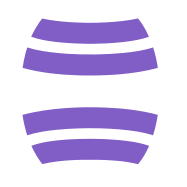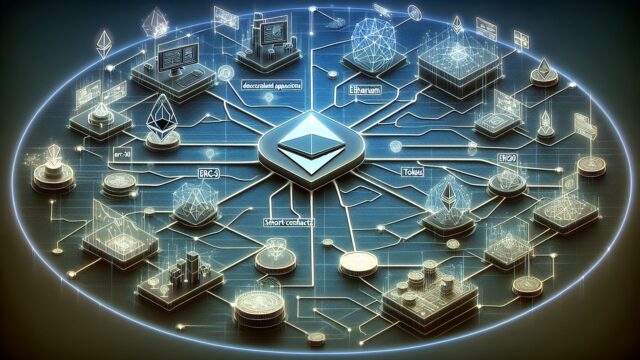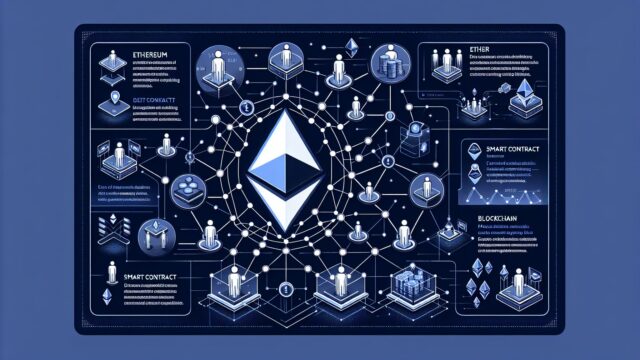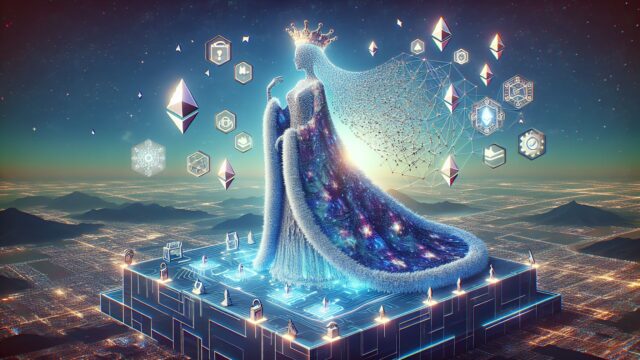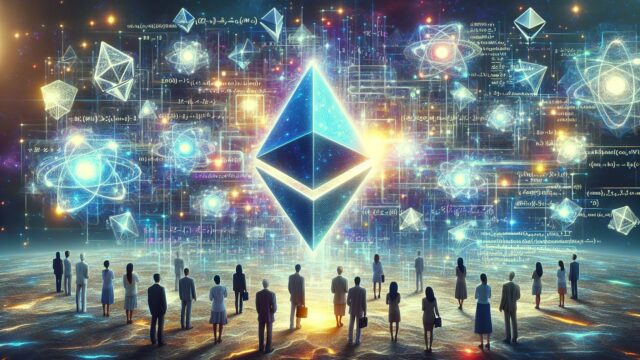Web3 is the new wave of the internet, promising to deliver a more decentralized, user-controlled experience. At the heart of this revolution is Ethereum, a groundbreaking protocol that underpins a significant portion of the web3 movement. This article delves into the Ethereum blockchain: how it works, its key features, and its impact on the development of decentralized applications (dApps).
Introduction
With the internet’s continuous evolution, Ethereum has emerged as a linchpin in the transition from the traditional web (web2) to the decentralized web (web3). Envisioned by Vitalik Buterin and launched in 2015, Ethereum has become more than just a cryptocurrency; it’s a comprehensive platform for building decentralized applications that can transform how we interact online. Let’s explore what makes Ethereum an indispensable protocol for web3.
Body
What is Ethereum?
Ethereum is a decentralized, open-source blockchain system featuring smart contract functionality. A smart contract is a self-executing contract with the terms of the agreement directly written into code. This allows developers to create complex agreements, which can execute automatically when certain conditions are met without the need for intermediaries. The native cryptocurrency of the Ethereum platform is Ether (ETH), used to facilitate transactions and incentivize the network’s miners.
Key Features of Ethereum
1. Smart Contracts:
The unique selling proposition of Ethereum is its ability to execute smart contracts. These digital agreements enable a wide range of applications, from simple token swaps to complex decentralized finance (DeFi) protocols.
2. Ethereum Virtual Machine (EVM):
The EVM is the runtime environment for smart contracts in Ethereum. It is a quasi-Turing complete machine; the “quasi” refers to the fact that computation is intrinsically limited by gas, a unit that measures the computational effort required to execute operations.
3. Decentralized Autonomous Organizations (DAOs):
Ethereum enables the creation of DAOs, which are organizations run by code rather than human management. DAOs have been used to manage collective investments, operate decentralized applications, or even govern entire ecosystems.
4. Tokens and ERC Standards:
Ethereum’s token standards, like ERC-20 for fungible tokens and ERC-721 for non-fungible tokens (NFTs), have become industry norms, making it easy to create interoperable tokens that benefit from Ethereum’s security and network effects.
The Ethereum Ecosystem
The ecosystem built around Ethereum is vast, comprising thousands of dApps. This includes everything from financial applications like lending platforms and stablecoins to games and social media platforms. Additionally, Ethereum has sparked the creation of numerous layer 2 scaling solutions, such as Optimism and Arbitrum, which aim to address the network’s scalability issues without sacrificing security or decentralization.
Challenges and Solutions
Ethereum faces challenges, primarily concerning scalability, high transaction fees, and network congestion. To tackle these issues, Ethereum is undergoing a series of upgrades known as Ethereum 2.0, which aims to transition the network from proof-of-work (PoW) to proof-of-stake (PoS). This will not only increase transaction throughput but also reduce the network’s energy consumption significantly.
Conclusion
As a crucible for innovation in the web3 space, Ethereum has solidified its position as a foundational protocol. Its smart contract capabilities provide a versatile platform that developers can build upon, fostering a robust ecosystem that’s continuously expanding. While it’s not without its challenges, the ongoing development of Ethereum 2.0 demonstrates the community’s commitment to ensuring that the network remains sustainable, secure, and scalable. The influence of Ethereum on the future of the internet is undeniable, positioning it as a central building block in the ever-changing landscape of the web. Whether interested in finance, gaming, or decentralized governance, Ethereum offers the tools and community to bring visionary ideas to life in the web3 era.
